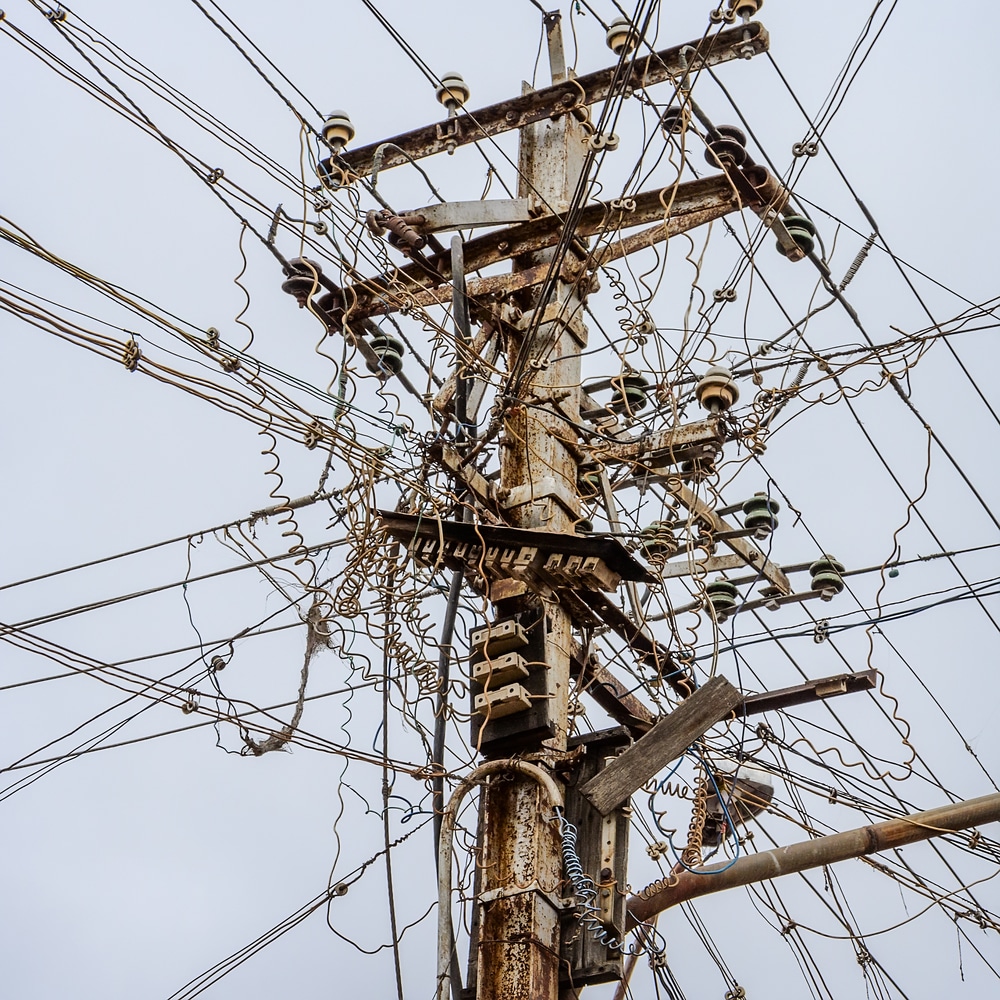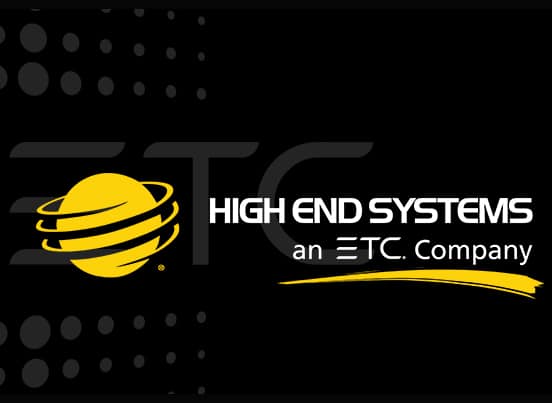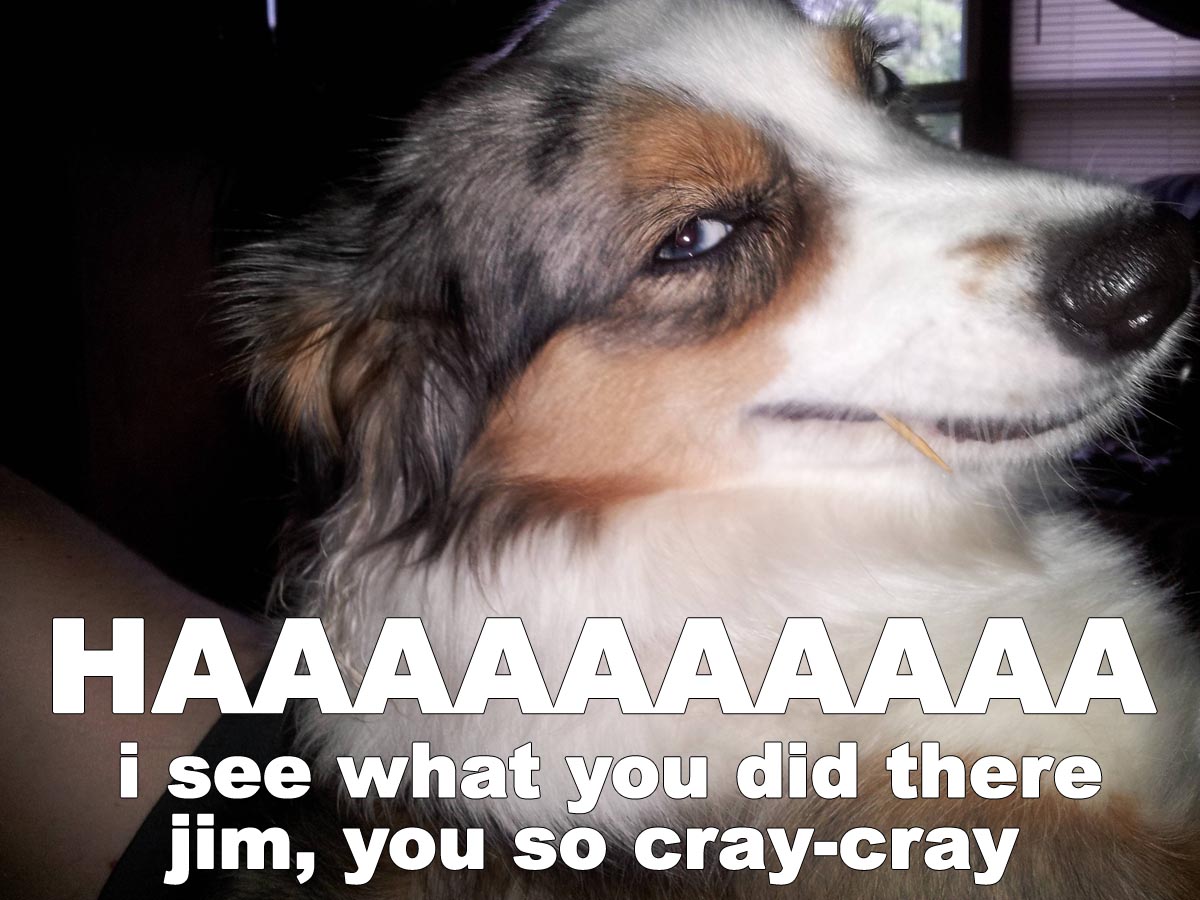My buddy Dave Atkinson sent me an article from MIT’s Technology Review – scientists have discovered a way to use strands of DNA woven into fibers to make very bright white light by doping some DNA with fluorescent dyes and weaving it into a nanofiber of sorts. The DNA nanofiber is then wrapped around an ultraviolet LED – the DNA material absorbs ultraviolet waves of light and fluoresces different wavelengths of light (blue, white, or orange) according to the combination of dyes doped on the DNA. How cool is that?
The whole light emitting process is based on energy transfer. From the way I understand it, energy is transferred between the different dyes that are doped onto the DNA. Also, if that wasn’t complicated enough, the dyes will only exchange energy if they are the right distance apart, some distance between 2 and 10 nanometers. When the UV LED is shone onto the DNA fiber, one of the dyes will emit blue wavelengths of light; if the two dye molecules are the correct distance apart, the other dye will then absorb some of the blue energy and emit orange wavelengths of light.
Who got that?
From the article:
By changing the ratio of the two dyes, the researchers can alter the combined color of light that the material gives off. Varying the amount of dye also lets them make finer tweaks. For example, by increasing the proportion of dye in the DNA from 1.33 percent to 10 percent, they can change the white light from cool to warm. “As you go across the white spectrum, if you want a soft yellow-type light or blue-type light, you can get these very easily with the DNA system,” Sotzing says.
Okay – this is very interesting. I am also not a biological/chemical engineer, so my queries are only as intelligent as the things I have come to understand. My question would be about energy loss between the three materials – I have to believe that there are some photons lost between the transfer from UV to blue and to orange, right? Aaron Clapp, one of the scientists working on this at Iowa State University, also brings up an interesting point – he calls it “overly dramatic,” to quote the man:
“It’s really very cool [work], and I think that it has practical promise,” says Aaron Clapp, a professor of chemical and biological engineering at Iowa State University. “[But] it seems like an overly dramatic way of doing it.”
Clapp speculates that instead of relying on energy transfer between the two fluorescent dyes, you could just change their ratios and get the colors you want.
However, each dye would then require a different input energy source as opposed to just one UV source, Sotzing points out. What’s more, energy transfer between two dyes gives better control over the color of the output light.
Walt says that it may be possible to use the first dye to transfer energy to multiple dyes and get an even wider range of colors. “The results reported here suggest DNA-[energy transfer] light emitters are promising,” Walt says, “but the ultimate utility will depend on factors such as lifetime and power efficiency.”
I love it when we come up with novel ways to use light. Now we’re using the delicious DNA of the salmon to make blue and orange light. Next up: roast beef sandwiches that light up my landscape lighting.




